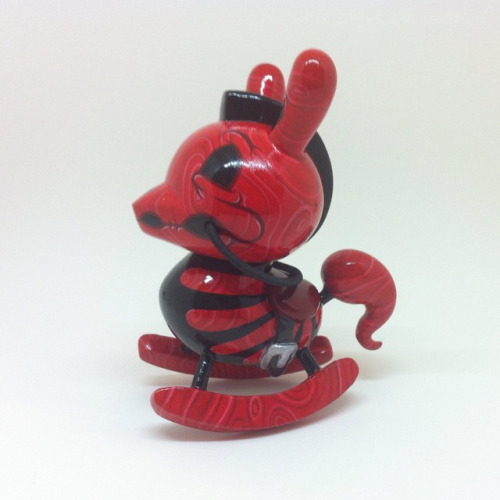

Reflecting neotko's remark 30mm/s "headline number" print speed means 9 mm/s (!!) outer wall speed. Going down to 30 or 25mm/s is where the corners start to look like corners and not like a lory turning around a corner. One can see that there is literally no difference from 100mm/s down to 40mm/s. When comparing prints at various speeds (and yes, the speeds mentioned by me are "the headline numbers"), I also suspect the coordination of movement and extrusion feed to be the root cause for this artefacts.īecause this means to me that there is nothing I can do against it - expect printing at ridiculous slow speeds. Maybe Ultimaker will acknowledge it soon or show us the research they did which suggest otherwise. The concept was sucesfully introduced around 2011 on makerbots thanks to the sailfish team! Prusa added such an algorithm a few month ago as well to his printers. It has to do with the fact that Ultimaker still misses a pressure advance algorithm.

I think the problem, which can be seen in the thread, isn’t the speed in particular. Ringing is more visible than the widening of corners. But I only print between 25mm/s (for fine details) and 50mm/s (general prints). Maybe you could replace the X by a couple of vertical lines of same depth, so they show up in every layer? On my UM2 (non-plus) it generally looks like the areas from 50mm/s and slower in your test.
#Igor pro remove ringing and overshoot how to#
I think I have been reading something about that issue with bowden type extruders and how to cope with that. So slowing down extrusion before slowing down head speed? Shouldn't it be possible to take the direction change into account during slicing? (and the N2 I have owned did have a lot of issues, far from perfect) So this is definitely something the R3D N2 could handle better: Looks like at 30mm/s it starts to become relatively okay. Well, it might be possible to print at 200mm/s - as long as you do not have any edges, right?įrom bottom to top the speeds where (in mm/s):

Or you can slice at any speed you want and do the math to figure out what speed you are getting when you multiply by the %.Īnyway consider printing the cube and in the TUNE menu try 100% speed for 10 layers, then 50%, then 25%, then 10%, each test for a few mm of the print and mark the changes with a sharpie maybe and keep notes and let us know what you discovered. You can even do this test live - if you slice for 100mm/sec then in the TUNE menu the % speed will match the speed in mm/sec and you can play with the speed in the TUNE menu without doing any math. Please try this as a test and let us know. It's fine to print the infill much faster than this. You can compensate by doing thicker layers. The easier solution is to just slow things down. If you increase jerk too much your printer will skip steps and your prints will have layers above that don't match the layer below basically ruining a print. Typically a very slight change in direction might have a jerk limited junction speed of 1000mm/sec (basically unlimited). For very gradual corners like in a circle with many segments - that speed approaches infinite. for 90 degree corners that means the speed at each corner can not exceed square root of 2 times jerk speed (so if jerk is 20 then 14mm/sec is max corner speed). Marlin takes the velocity vectors for the movement going in and out of a vertex (a 3 dimensional velocity) and subtracts the vectors and takes the magnitude of that. What it means for Marlin (the firmware in all UM printers and in 90% of printers out in the world) is the speed the head slows down to on corners. The term "jerk" is a bad term here because physicists have a very different definition for that word. The simplest solution is to set the print speed to the jerk speed. The lower the acceleration and the lower the jerk, the more time it spends on the corners. The bowden pushes on the filament like a spring and there is a roughly constant pressure in the nozzle as you print so every time the print head slows down it over extrudes.


 0 kommentar(er)
0 kommentar(er)
